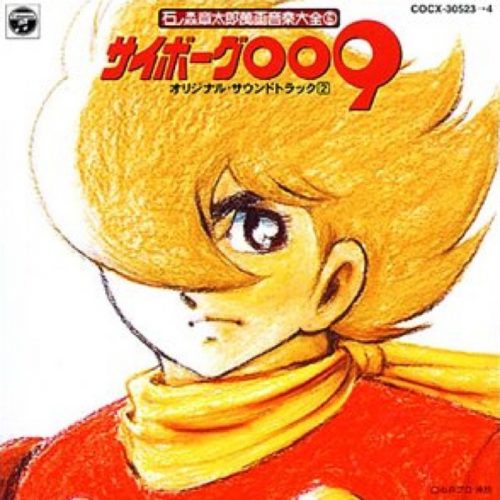
It is undeniable that Osamu Tezuka is the man credited as the Godfather of anime manga. But if there is anyone amongst his peers that can equal him for that title or at least be in a very close second, it has to be another legend himself, Shoutaro Ishinomori. Though Tezuka-sensei is primarily remembered by the baby boomers in Japan, a majority of Ishinomori-sensei’s prime is between the younger baby boomers and most of Japan’s Generation-X, but his works are still known by many young people to this day. Ishinomori-sensei was originally born as Shotaro Onodera (and wouldn’t legally change his name to Ishinomori until the latter half of his career) in Tome, Miyagi, and a manga museum was opened near his hometown a few years after his passing in 2001.
Ishinomori-sensei got his break into the industry by entering a contest for up and comers (which is pretty common even to this day!). Tezuka-sensei got a good look of the then young Ishinomori-sensei and personally sent him a letter to become his assistant. In fact, Ishinomori-sensei would live with Tezuka-sensei from 1956-1961. Even when Ishinomori-sensei went solo, a majority of Tezuka-sensei’s artistic influences remained with his style. Even so, Ishinomori-sensei as an artist would then contribute to not just anime and manga, but would also become the father of the Kamen Rider and Super Sentai franchises, which are still on the air to this very day! So what are the masterpieces of this legend that define this legacy? We cannot deny it is hard to say, but this is the list we got for you!
5. Sabu to Ichi Torimono Hikae (Sabu and Ichi’s Arrest Warrants)
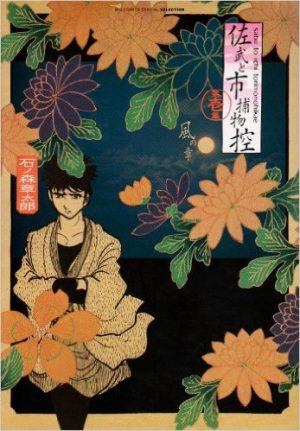
- Genre: Adventure, History, Mystery
- Volumes: 17
- Published: 1966 – March 1972
While a majority of what will be on this list will tend to explore many of Ishinomori-sensei’s Sci-fi classics, this list will start out with a historical action piece, Sabu to Ichi Torimono Hikae, which is one of his breakout hits. This series relies on our titled duo, Sabu and Ichi, who you can say are samurai period private eyes. Sabu is the looker who uses a jitte, a blade attached to a chain, while Ichi is a blind master swordsman. Together, they kick ass and take names. If anything, this manga is simply a foundation that no matter what genre Ishinomori-sensei tackles, he is all about people.
In the case of this manga, it is about two guys who are about helping ordinary people and righting wrongs. This series ultimately demonstrates that anybody can make a difference. The series was a hit to the point that it received the Shogakukan Manga Award, one of the most prestigious awards in manga. In addition to its anime adaptation during its publication, it got one live action version in the early-1980s and a newer one in late 2015.
4. Jinzo Ningen Kikaida (Android Kikaider)
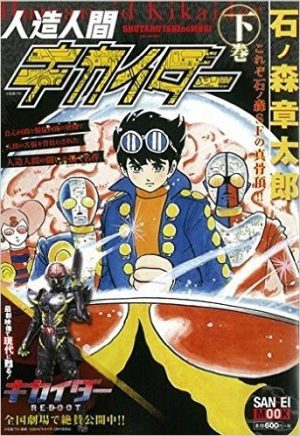
- Genre: Science Fiction, Action
- Volumes: 6
- Published: 1972 -1973
Another great addition to this list is Jinzo Ningen Kikaida. For some of you readers who may live or have lived in Hawaii, this might bring back good memories. Its TV adaptation was aired in that state and gained a strong cult following. Just like many technological shows that involve robots and cyborgs, a crazy mad scientist modifies himself into a cyborg and creates his own army. However, his former assistant takes the next step and has to fight fire with fire with his android, the titular Kikaider.
Though it shares some common qualities with the remaining titles on this list, Kikaider is a bit different. While the remaining heroes on this list were intended to be used for evil, Kikaider was always meant to be the good guy. He makes his presence known through his guitar (it was the seventies, you could get away with that). It is a story of the potentials that technology can have to help mankind, but in the wrong hands can destroy us. Eventually, some of the characteristics that originated from this character would carry on to Ishinomori-sensei’s other works. For example, the guitar playing to signify his entrance would later be used by the Blue Ranger in the first sentai series, GoRanger.
3. Skull Man
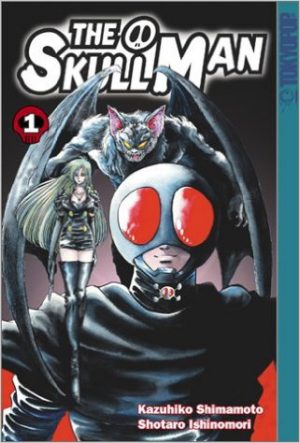
- Genre: Action, Science Fiction, Drama, Mystery, Horror
- Volumes: 1
- Published: Jan 1970
As some of you readers may know, an anime with the same title was broadcasted in the mid-2000s, but its original manga was released back in the early-1970s and served as something as a prototype to Kamen Rider. It is about how the title character is pursuing a dark organization in order to avenge his parents. It is undeniable the origins sound a lot like Batman, but that’s where the similarities end. Unlike Batman, Skull Man is willing to not just kill, but sacrifice innocents for his own personal vendetta, and not for justice. Though the original manga was a one and done story, it was never forgotten and received a sequel by a student of Ishinomori-sensei in 1998, and a version of the character showed up in future Kamen Rider shows.
But what makes it stand out is that the Skull Man was one of the first anti-heroes in manga and its violence and cerebral qualities pushed new boundaries. It was originally considered to be a TV show but due to its content, Ishinomori-sensei modified the series to what we know is Kamen Rider. However, it would receive an anime adaptation 35 years later and deviates from the manga and acts more as a loose spiritual prequel to Cyborg 009.
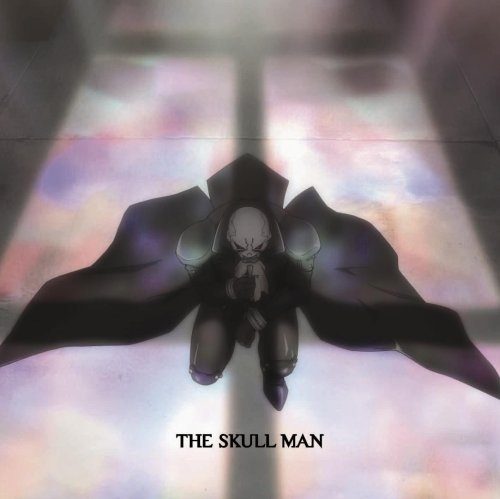
2. Kamen Rider (Masked Rider)

- Genre: Science Fiction, Horror, Action
- Volumes: 4
- Published: 1971
At number two is probably his greatest hit, Kamen Rider, which is a staple franchise in the land of the rising sun that is still in continuation as a hit TV series to this day. Some of you may have seen Saban’s adaptation of Kamen Rider Black RX over twenty years ago (in fact, Ishinomori-sensei has openly stated he didn’t like Saban’s adaptation). As previously stated, it serves as a toned down version of Skull Man, but the original manga does have its share of extreme violence and touches on science fiction elements which were never thought of at the time. One notable difference is the fate of Hongo between both versions. While the TV show (in which he was also heavily involved in) is very cartoonish, the manga is far more mature and goes to extreme lengths in showing how difficult and possibly futile Hongo and Ichimonji’s fight against Shocker is.
In the TV series, Shocker is portrayed to be more of an underground former Nazi organization, in the manga, they have government ties which make the battle of our two Kamen Riders very difficult. In the end, this series shows that it is possible to overcome odds that seem impossible and still live a fulfilling life even after something terrible has been done to you. Since this series came out during the time when Kung Fu movies were gaining popularity, both the live action and manga make great use of martial arts action sequences.
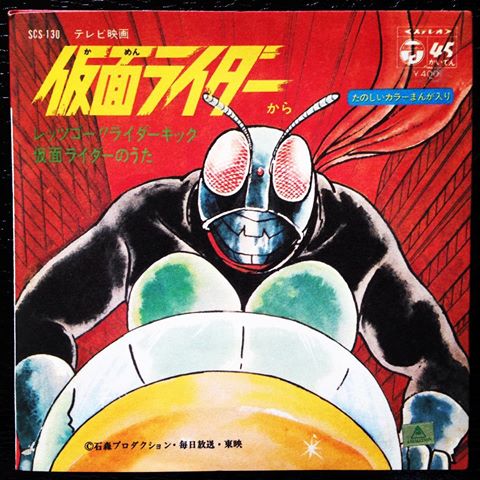
1. Cyborg 009
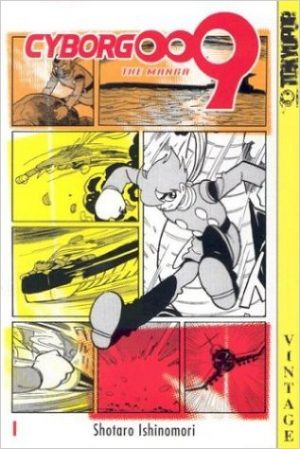
- Genre: Science Fiction, Action, Adventure
- Volumes: 26
- Published: July 1964 – 1981
Though Kamen Rider will forever by Ishinomori-sensei’s greatest legacy, but if there is one series that solidified his name, it has to be one of Japan’s longest lasting classics, Cyborg 009, which has had numerous anime adaptations since its debut. Though America has had superhero teams such as The Avengers and Justice League, Cyborg 009 happens to be Japan’s first superhero team consisting of numerous cyborgs with unique advanced abilities. And like his future works, the heroes of Cyborg 009 are nine regular humans (each from different countries) who were captured by the evil Black Ghost organization so they could be used for their army. Not wanting to be used for evil, the nine band together and escape their clutches and seek to defeat their creators.
With Japan not being one of the most diverse nations on the planet, for its time, it is nice to see Japan making stories with heroes from different backgrounds. With this large cast of heroes, their individual abilities effectively distinct them as well as establish their roles. Though these characters are now cyborgs, it is the ultimate human drama. How do evil and humanity itself go hand in hand? What does it truly mean to be human? Are we defined by our abilities or how we use them? This series is the great answer to that question.
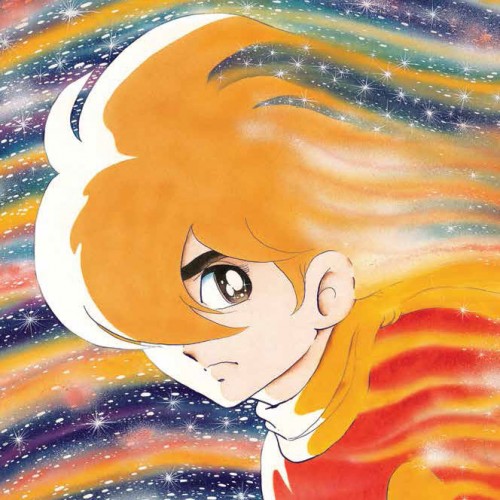
Final Thoughts
For those that are getting into anime, manga, and/or tokusatsu, Shoutaro Ishinomori is a name that you must know! The fact that he has touched global audiences through his art and continues to be an inspiration is beyond words. Some would equate him to being the Japanese Jack Kirby. Beyond his mangas, honorable mentions go to some of the anime and tokusatsu series he created such as Himitsu Sentai Goranger, Robot Keiji, his manga version of The Legend of Zelda: A Link to the Past, and Ryujin Numa.
The man has done it all and is truly an immortal in not just anime and/or manga, but Japanese pop culture as a whole. The fact that many people are still adapting and continuing his creations shows a true testament to his genius. But as said before, if there is anything that defines his stories, it is that they are a very great critique on the human condition and conflict as a whole. He puts some of his characters who hit rock bottom, and they are in a position to not just go back up, but to rush to the top and help everyone out.

